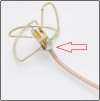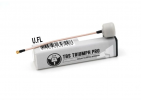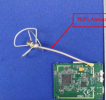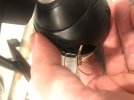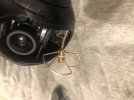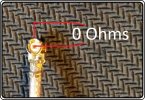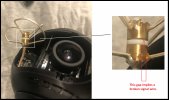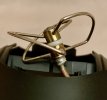Hi all, I have Q500 4K with CGO 3 camera.
ST10+ and camera at latest firmware versions
All worked well prior to storage. No crash damage since it has been in my ownership
Camera stored on steady cam for probably 4 or 5 months.
Went to use just before Christmas and the 5.8GHz video range is about 10m/30 feet. All other features work (tilt/stabilisation/video and still capture)
Would it be worth replacing the clover leaf antenna or go straight to a WIFI board replacement? Or is there another cause for this behaviour odd behaviour?
Thanks in advance for sharing your experiences/wisdom
ST10+ and camera at latest firmware versions
All worked well prior to storage. No crash damage since it has been in my ownership
Camera stored on steady cam for probably 4 or 5 months.
Went to use just before Christmas and the 5.8GHz video range is about 10m/30 feet. All other features work (tilt/stabilisation/video and still capture)
- Placed camera on steady cam and used android phone same results wrt the video WIFI range
- Have created new profile and rebound both drone and camera to the ST10+, no effect to WIFI performance;
- Have re-seated the micro SD cards in both the camera and the ST10+ still not range improvement;
- Have checked the WIFI on a mobile phone WIFI monitor SSID is fine power is fine close in but drops rapidly with distance. Still have line of sight to theCGO3;
- Have looked at the clover leaf antenna it looks OK (tatty but OK), both the elements and where it attaches on the WIFI board;
- Have reset the WIFI (right button by the micro SD slot) no effect on video WIFI range; and
- Have looked at the WIFI board ribbon cable looks fine as do the two edge connectors.
Would it be worth replacing the clover leaf antenna or go straight to a WIFI board replacement? Or is there another cause for this behaviour odd behaviour?
Thanks in advance for sharing your experiences/wisdom



